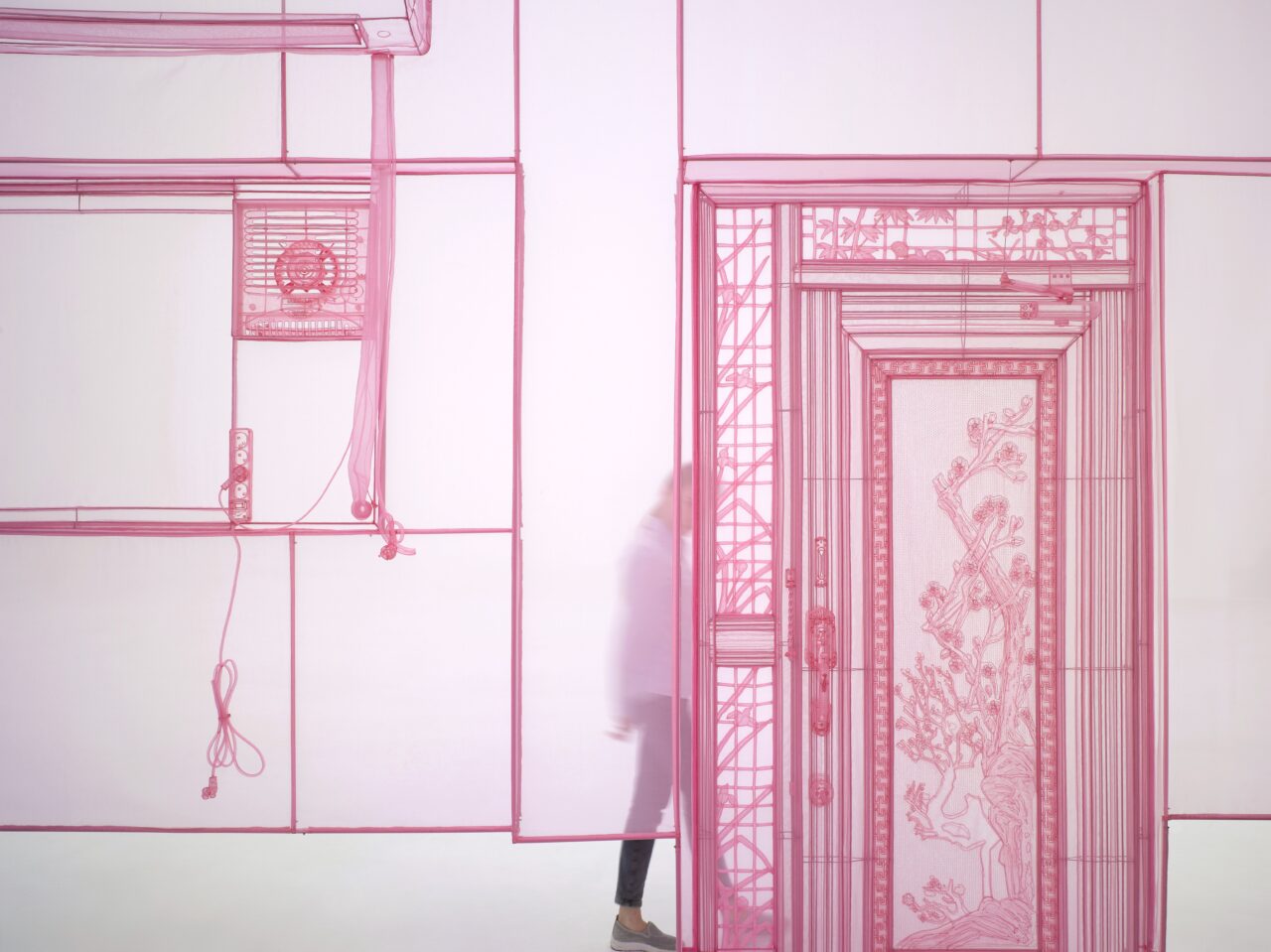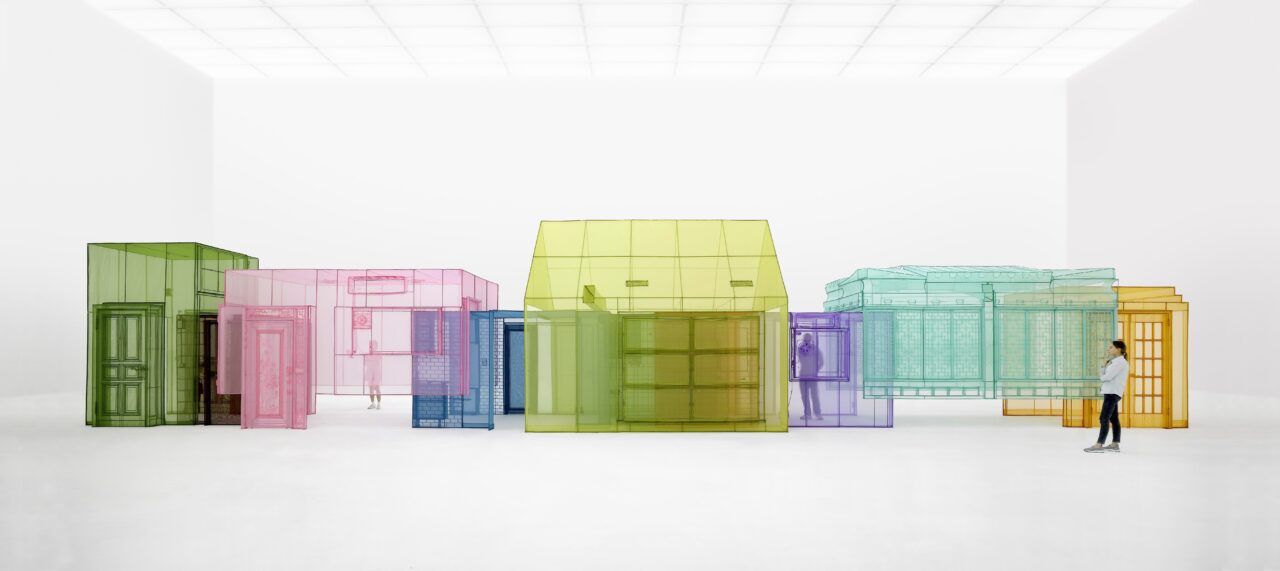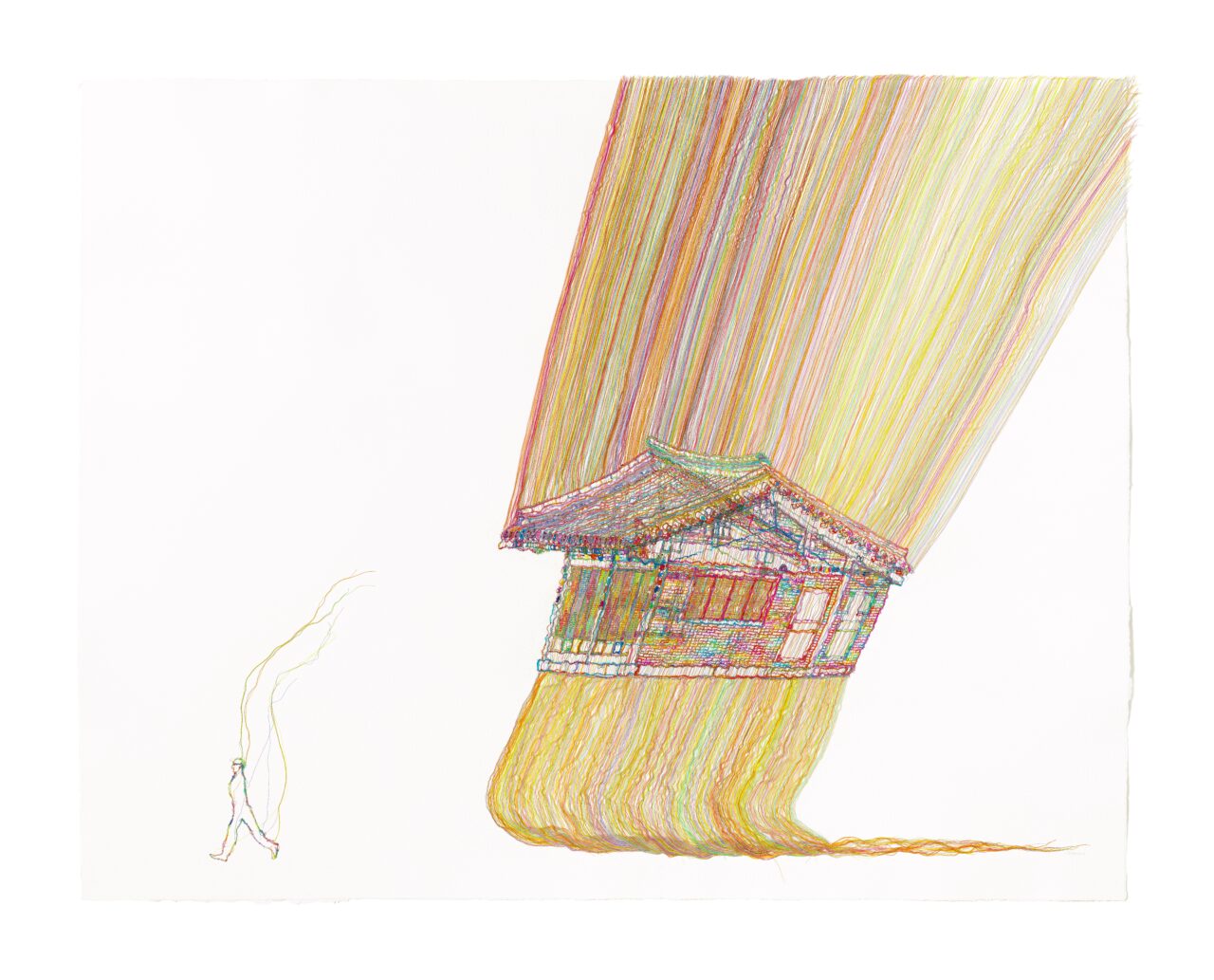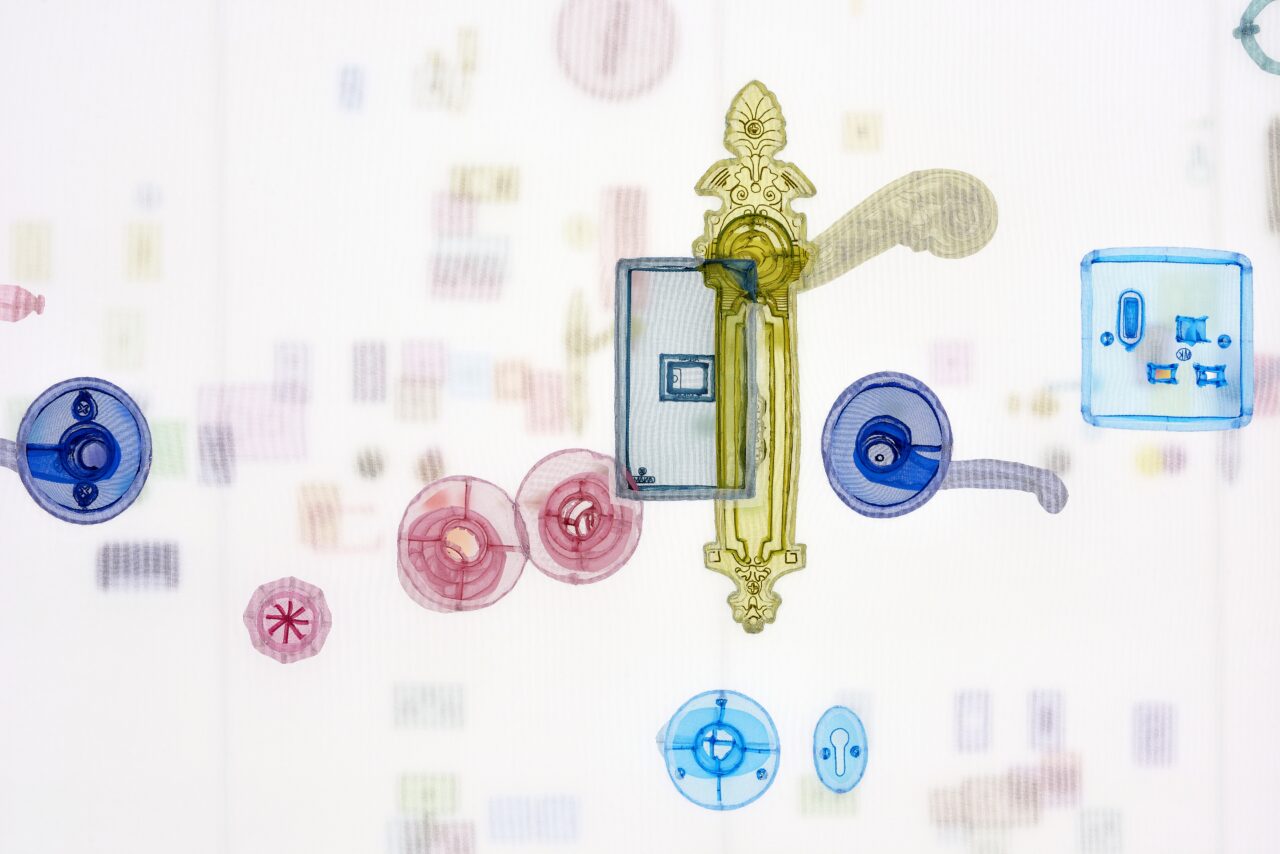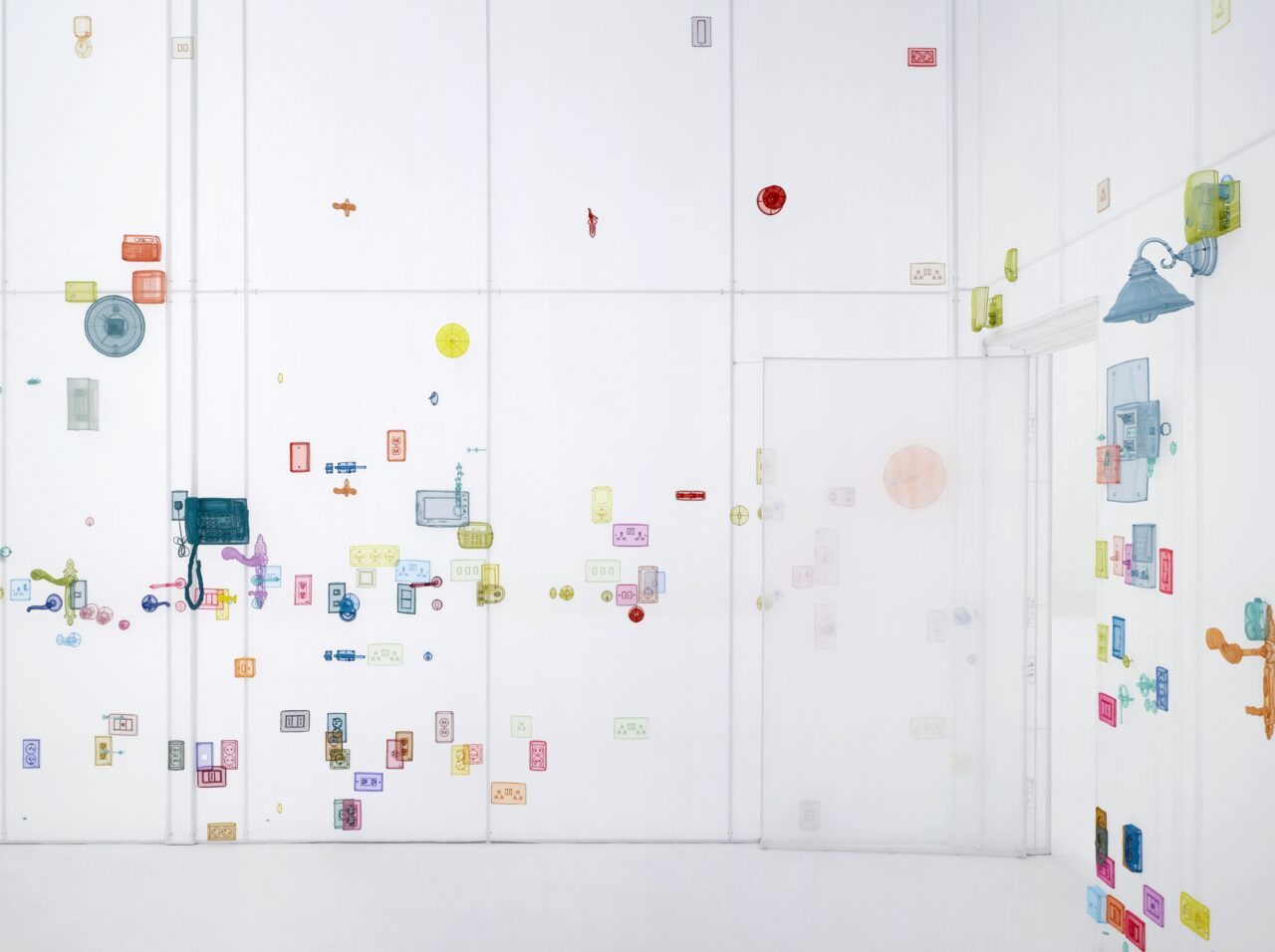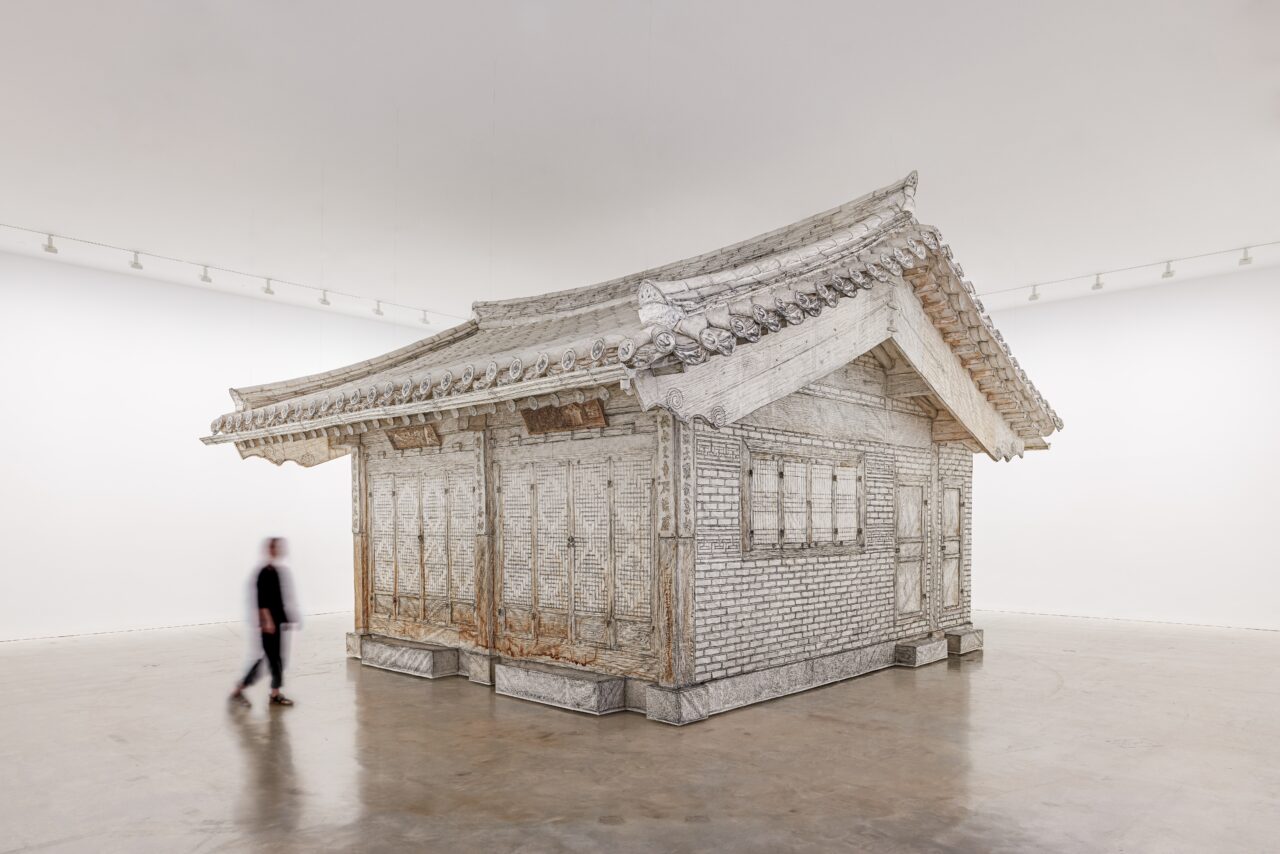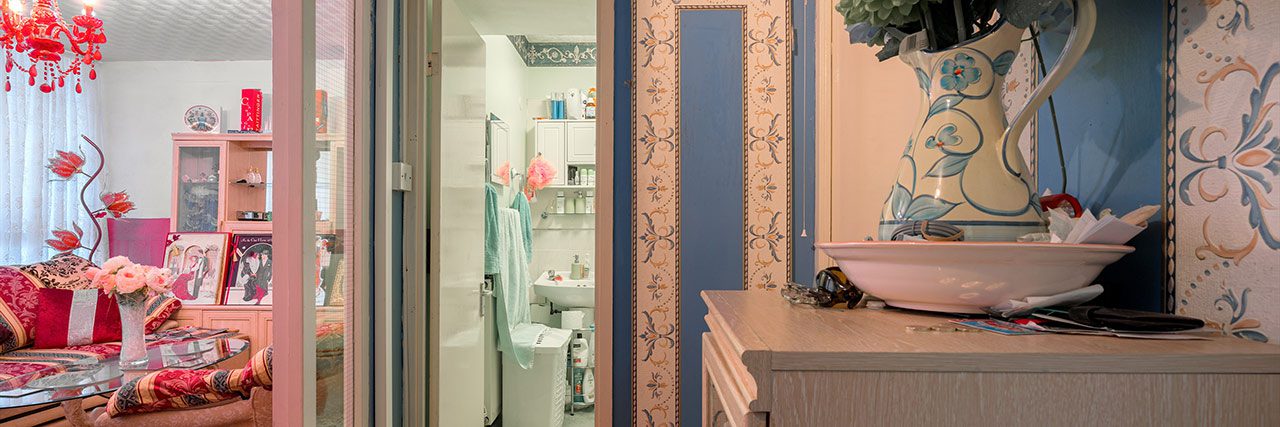PREVIEW: Do Ho Suh-Walk the House
Do Ho Suh is known worldwide for his almost weightless transparent spaces made of fabric, accurate and full-size renditions of the homes he has lived in. The exhibition is the third in the Intermezzo series of art where the individual artworks are perceived and appreciated through more than just the faculty of sight.
By Efi Michalarou
Photo: Tate Archive
In his solo exhibition “Walk the House”, Do Ho Suh invites visitors to explore his large-scale installations, sculptures, videos and drawings, asking questions about the enigma of home, identity and how we move through and inhabit the world around us. The exhibition presents Suh’s unique practice over the last three decades, spanning locations including Seoul, New York, and London – the three cities he has called home, and featuring new site-specific works on display for the first time. The exhibition’s title is drawn from a Korean expression referring to the “hanok” a house that could theoretically be disassembled, transported and reassembled at a new site. Reflecting this idea of a transportable home, Suh’s immersive works examine the relationship between architecture, space, the body, and the memories that make us who we are. While Suh’s practice is rooted in his own experiences, it welcomes viewers to fill the works both physically with their presence and psychologically with their inner worlds. Visitors will be able to wander through his fabric architectures – translucent 1:1 scale replicas of spaces in which the artist has lived and worked. These include the ambitious new installation “Nest/s” (2024), which weaves together corridors and entryways, highlighting the porous nature of boundaries traditionally thought of as fixed. Also presented for the first time is “Perfect Home: London, Horsham, New York, Berlin, Providence, Seoul” (2024), an outline of the artist’s present home in London, filled with brightly coloured architectural features, including doorknobs, light switches and electrical sockets, that playfully trace the domestic spaces the artist and his family have previously lived in. Other major works will include “Who Am We?” (2000), a mosaic of tens of thousands of tiny portrait photographs collected from sources including school yearbooks – an early example of the artist’s reflections on individual and collective identity, as well as “Rubbing/Loving Project: Company Housing of Gwangju Theater” (2012), a work reflecting on the violent aftermath of the Gwangju Uprising in South Korea in 1980. His major “Rubbing/Loving Project: Seoul Home” (2013-22_ is also be presented; the culmination of a decade-long journey rooted in the intimate tradition of rubbing practices in Korea, which began with the artist covering the entire internal structure of his childhood home in paper, caressing the layer with graphite to produce its impressions in two-dimensions. As well as these epic installations, lesser-known facets of Do Ho Suh’s practice will be introduced, including works on paper created between 2000 and the present day. The exhibition present his evocative “Staircase” (2016), made by dissolving a paper sculpture onto a sheet of wet paper, thereby translating the three-dimensional form onto a two-dimensional plane. Much like Suh’s fabric architectures, these works allow him to create portable versions of parts of his past homes. Also on view are the artist’s complex and playful thread drawings, where vibrantly coloured threads are sewn into handmade paper, echoing his use of fabric to outline three dimensional spaces. There are also present two of Suh’s video works: “Robin Hood Gardens” (2018) and “Dong In Apartments” (2022), both of which feature photogrammetry, a technically detailed process which stitches together images to produce a digital model of the physical world. Through this process Suh strives to explore the built environment as a living organism, a witness to the traces left behind by past inhabitants. In his attempt to recreate and remember elements of past and present homes, Suh demonstrates the impossibility of preserving something fully, whether a memory, a place, or a moment in time. The exhibition culminates in a space dedicated to Do Ho Suh’s “Bridge Project”, an ongoing interrogation of the notion of a ‘perfect home’ which grapples with how this hypothetical space intersects with real-world social, political and ecological issues.
Photo: Do Ho Suh, Robin Hood Gardens, Woolmore Street, London E14 0HG, 2018 (still), Commissioned by the Victoria and Albert Museum, London, Courtesy of the Artist, Lehmann Maupin, New York and Seoul and Victoria Miro. © Do Ho Suh
Info: Tate Modern, Bankside, London, United Kingdom, Duration: 1/5-19/10/2025, Days & Hours: Daily 10:00-18:00, www.tate.org.uk/
